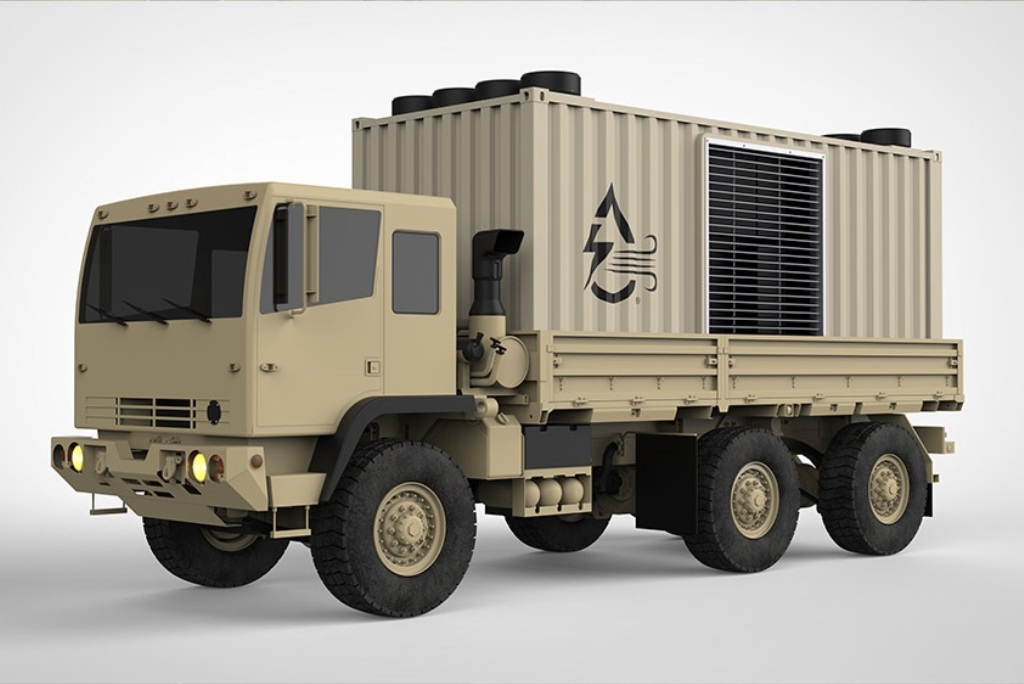Advanced Navigation Enhances Inertial Systems for GNSS-Denied Environments
Innovation in Navigation Technology
On May 21, Advanced Navigation, an Australian engineering firm, unveiled its latest advancement in navigation technology: the integration of a Laser Velocity Sensor (LVS) with its Boreas D90 Inertial Navigation System (INS). This cutting-edge system aims to address the operational challenges faced in environments where Global Navigation Satellite Systems (GNSS) signals are unreliable or entirely unavailable.
High-Performance Testing
The new INS was rigorously tested using a pre-production LVS, which was mounted in a Tesla Model Y. Over a series of seven trials around Canberra, Australia, the system showcased remarkable accuracy, achieving an average error per distance (EPD) of merely 0.053% in relation to a GNSS benchmark.
Key Testing Metrics:
- Test Vehicle: Tesla Model Y
- Location: Canberra, Australia
- Average EPD:
- 0.053% using the Boreas D90 INS
- 0.045% during a flight test on a fixed-wing aircraft over 545 km
- Power Source: Operated by a single 18 V battery
- Data Transfer: Integrated with Boreas D90 via Ethernet for seamless data logging
Superior Accuracy in Diverse Applications
The LVS has demonstrated impressive precision in both terrestrial and aerial applications. In a specialized test consisting of a 23 km drive, the system recorded an EPD of just 0.02%, resulting in an absolute error of 4.6 meters. Similarly, another trial covering 19.2 km yielded an EPD of 0.018%, with an error margin of 3.5 meters. Such results highlight the LVS’s capability to significantly mitigate positional errors stemming from sensor inaccuracies, thereby enhancing navigation reliability in critical scenarios.
Insights from Advanced Navigation’s White Paper
In conjunction with these demonstrations, Advanced Navigation published a comprehensive White Paper titled Laser Velocity Sensor (LVS): A High-Accuracy Velocity Aid for GNSS-Denied Navigation on March 30. This document delves into the scientific principles underpinning the technology and presents detailed test findings that further establish the LVS’s role in modern navigation frameworks.
Strategic Implications
The advancements represented by the integration of LVS and Boreas D90 INS have far-reaching implications for military and defense applications. In combat zones or environments resistant to satellite communication, reliable navigation solutions become essential for mission success, enhancing the operational capabilities of military units and unmanned systems alike.
As the demand for precise navigation continues to increase, the development of technologies such as the LVS is pivotal for maintaining operational superiority in an ever-evolving battlefield landscape. The ability to operate effectively without reliance on GNSS opens new avenues for tactical maneuvers and strategic planning.
Conclusion
The recent developments by Advanced Navigation exemplify a vital evolution in the domain of navigational technologies, reinforcing the necessity of accurate systems in GNSS-denied environments. As military organizations seek to bolster their navigation capabilities, innovations like the Boreas D90 INS and LVS integration will undoubtedly play a crucial role in shaping future defense strategies.
For in-depth analyses and updates on advancements in defense and military technology, access to expert resources is invaluable for professionals in the field.





